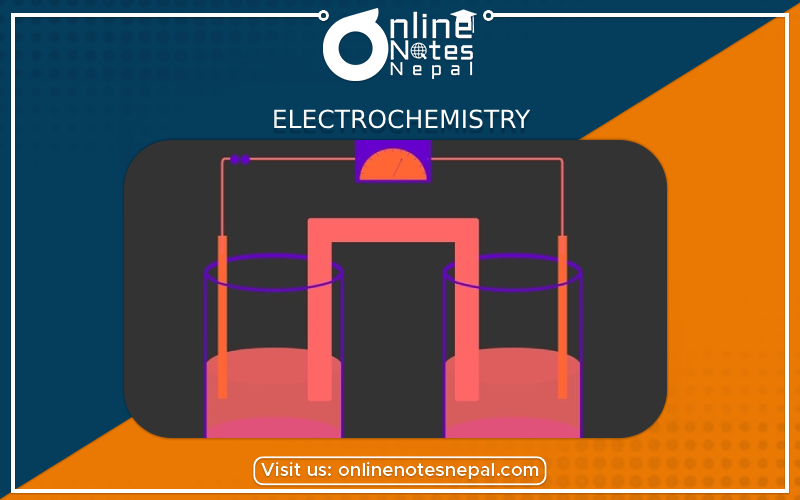Published by: Nuru
Published date: 25 Jun 2021

The branch of physical chemistry which deals with the flow of electrons is called electrochemistry.
Metallic conduction: The conductors in which electricity moves without producing any chemical change are called Metallic conductors. And such conduction is known as metallic conduction.
Metallic conduction: The conductors which undergo chemical changes and conduct electricity either in the aqueous form or in the molten form are called electrolytic conductors. And such conduction is known as electronic conduction. They are also called electrolytes.
Electrolytic conductors are two types of electrolytes.
Arrhenius theory of ionization
Some fundamental postulates of Arrhenius's theory of ionization.
degree of ionization = no. of moles of electrolytes which split into ion / total no. of moles of electrolytes dissolved
Factors affecting the degree of ionization:-
Following are the factors:-
Therefore the electrochemistry is explained above.